The Met Gala 2023 is one of the highlights of fashion calendar and this year's event was held in tribute to Karl Lagerfeld. Asian designer Prabal Gurung was among those who dressed a few high profile guests at the exclusive gathering.
He is the creative mind behind the outfits of some Indian and international attendees who graced the event, including Alia Bhatt, Isha Ambani and Rita Ora.
Let's take a closer look at the exquisite ensembles crafted by Gurung for these celebrities in honour of the Met Gala 2023.
Indian actress Alia Bhatt stunned in an ivory silk tulle and satin face organza exaggerated basque waist ball gown embellished with hand beaded pearls.

British singer songwriter Rita Ora sported a black silk tulle corseted gown draped with hand pleated silk chiffon. Her outfit also featured a cascading chiffon skirt with multiple hand embroidered silk organza and satin flowers.
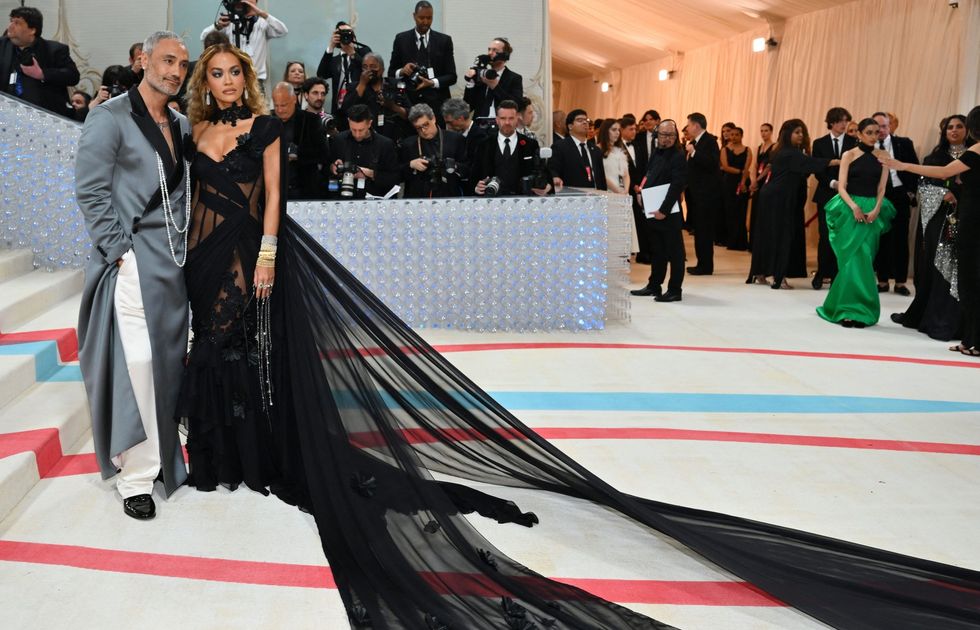
For her husband, New Zealand filmmaker Taika Waititi, Gurung designed a floor-length structured wrap coat with black liquid silk satin lapel and white satin trousers.
Isha Ambani looked stunning in a black silk saree gown that featured a train, adding drama to the satin silhouette. The highlight of her attire was the thousands of crystals and pearls that adorned it.
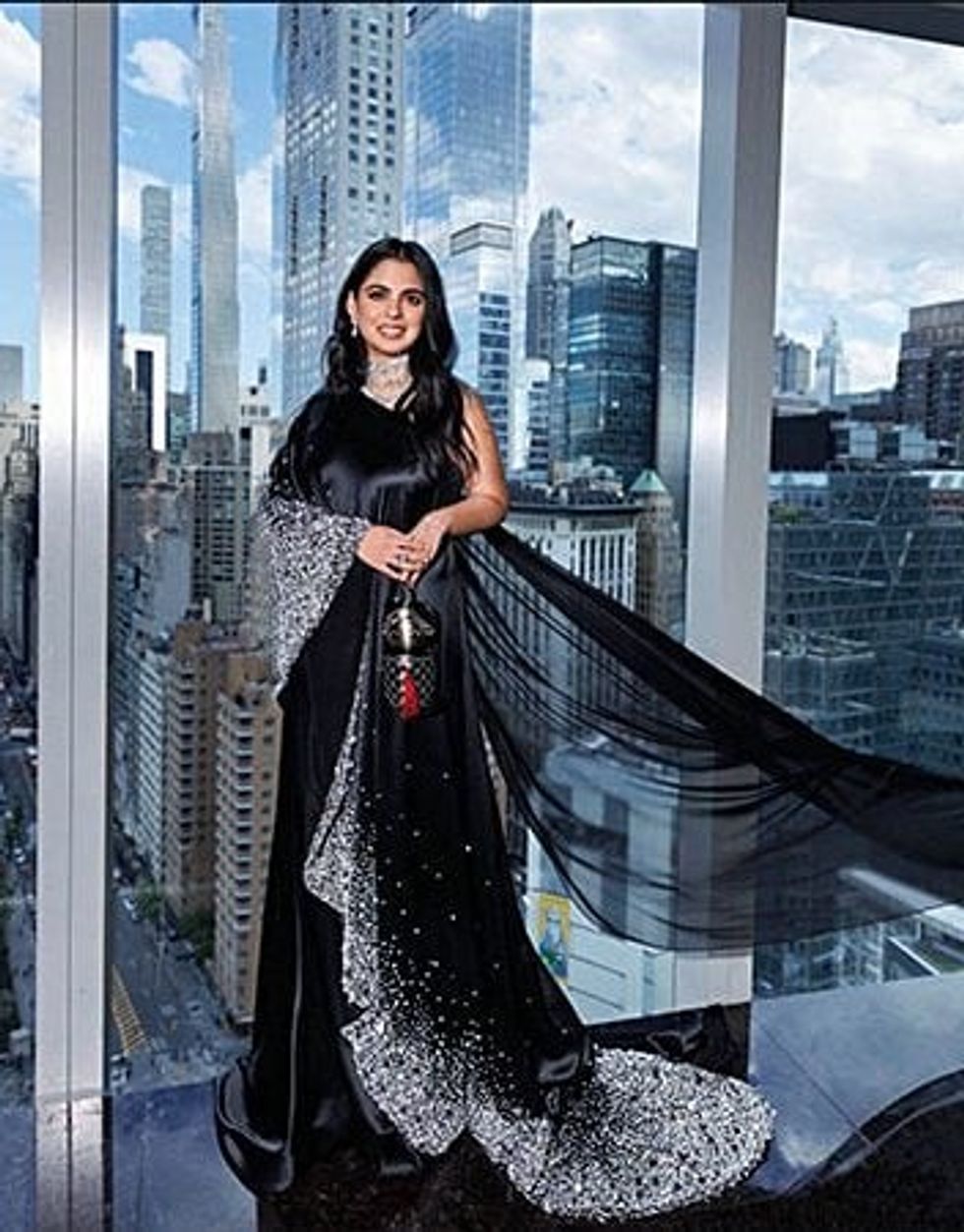
Anok Yai also shone in a pannier-shaped dress adorned with oxidized gold and silver degrade sequins, hand-embroidered bugle beads, and fringes, along with sheer silk tulle. The mermaid skirt was also hand-embroidered with cascading oxidized gold and silver sequin paillettes.
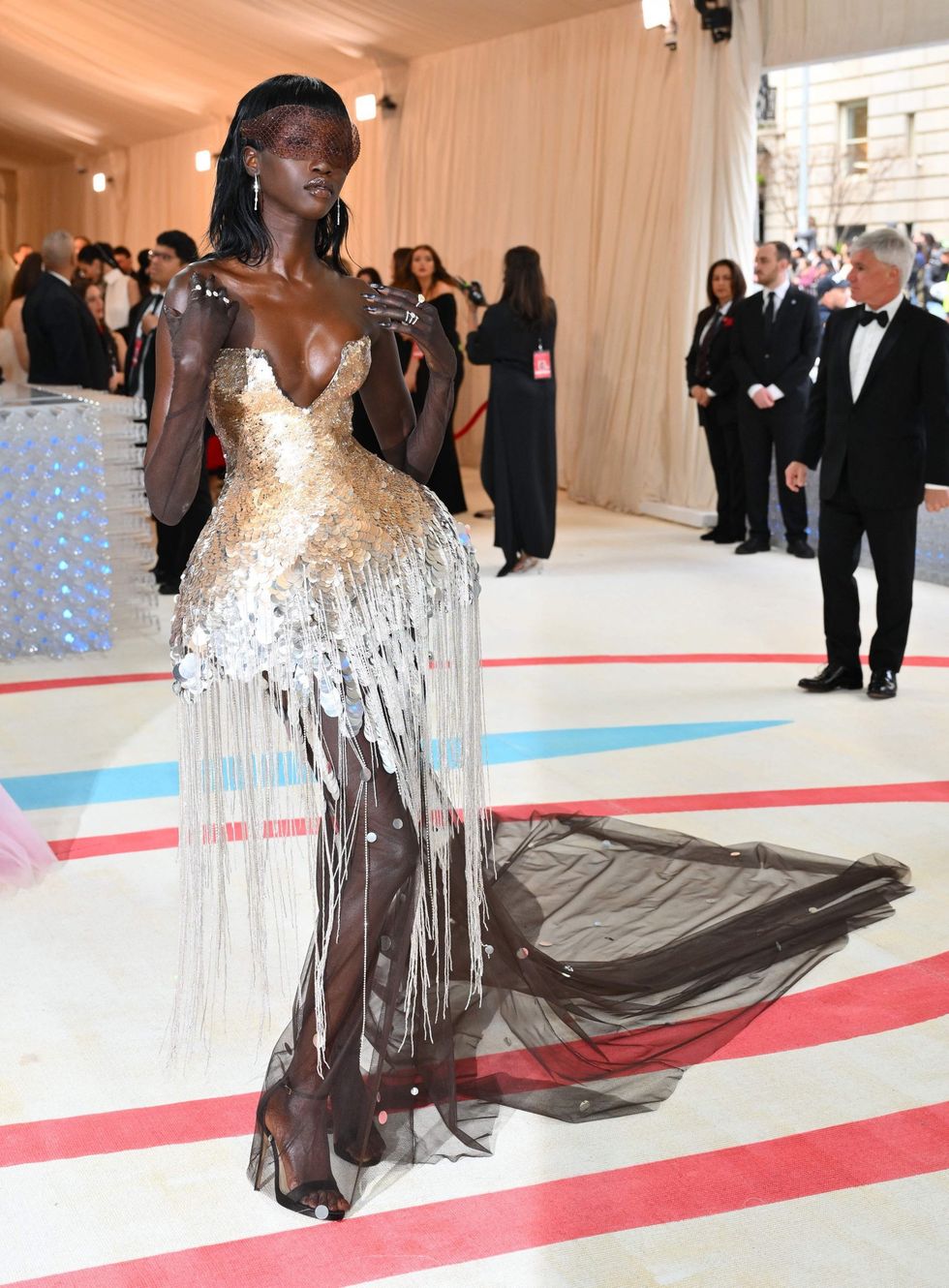
American actress Kelsey Asbille wore an Atelier Gurung scarlet taroni silk duchess satin off the shoulder sculptural mini dress with silk tulle train and hand-made rosette.
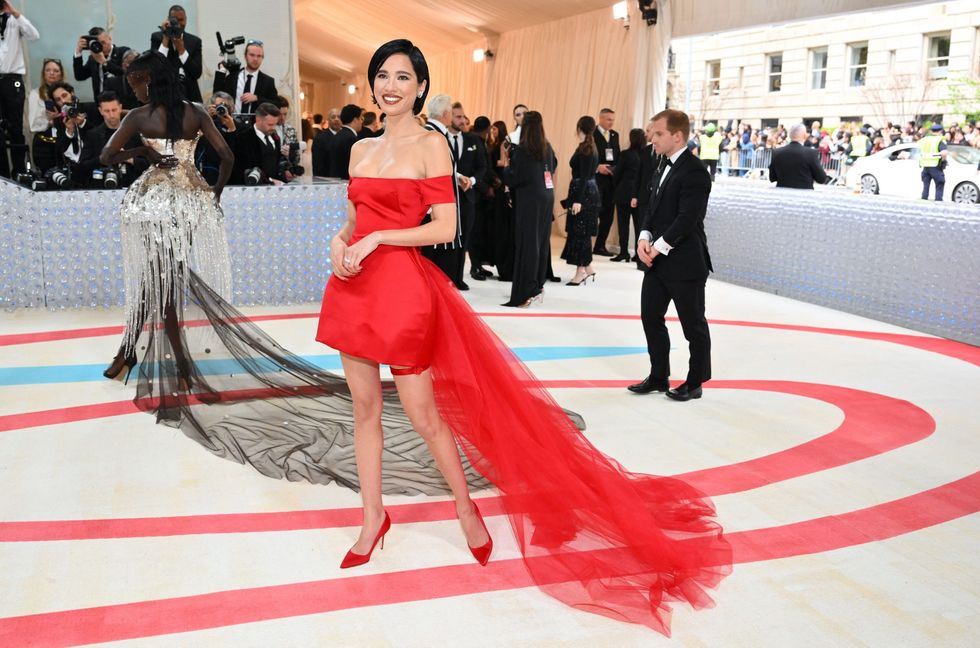
American writer Quinta Brunson was spotted wearing a dusty pink duchess satin column gown adorned with numerous hand-embroidered crystals, with an overlay of black silk tulle featuring a camellia flower and hand-draped duchess satin, as well as a silk tulle train.
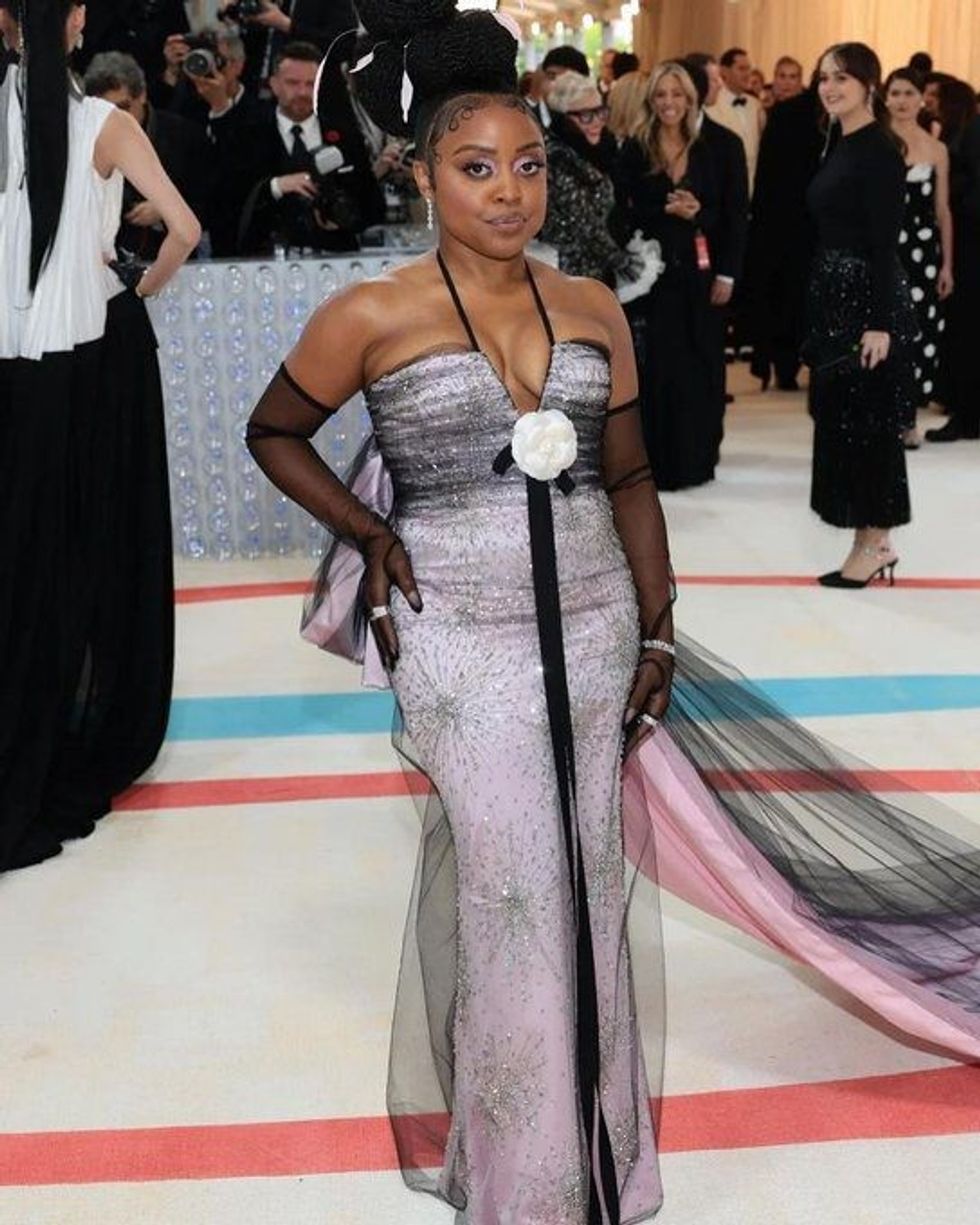
Celebrated designer Gurung was born in 1979 in Singapore to Nepali parents and grew up in Kathmandu, Nepal. His mother is a former boutique owner, while an older brother is a film director; Gurung's older sister is a teacher and social worker.
He attended St Xavier's School in Kathmandu and received a bachelor's degree in hotel management before pursuing his interest in fashion at the National Institute of Fashion Technology in New Delhi.
Gurung underwent apprenticeships at local fashion and production houses, including Manish Arora's, before expanding his work globally by assisting stylists in London and Melbourne during fashion shows.
He debuted his creations at New York Fashion Week in 2009 and has since gained worldwide acclaim. His designs, worn by high-profile figures such as Michelle Obama, the Duchess of Cambridge, Sarah Jessica Parker, and Anne Hathaway, are now sold in more than 20 countries.
Gurung began his career in New Delhi, but he eventually moved to New York to complete his design studies at Parsons The New School of Design.
In November 2019, he achieved a significant milestone by becoming the first-ever honorary designer of the National Portrait Gallery celebration at the Smithsonian in Washington DC. Additionally, Gurung published his first coffee table book in the same year.
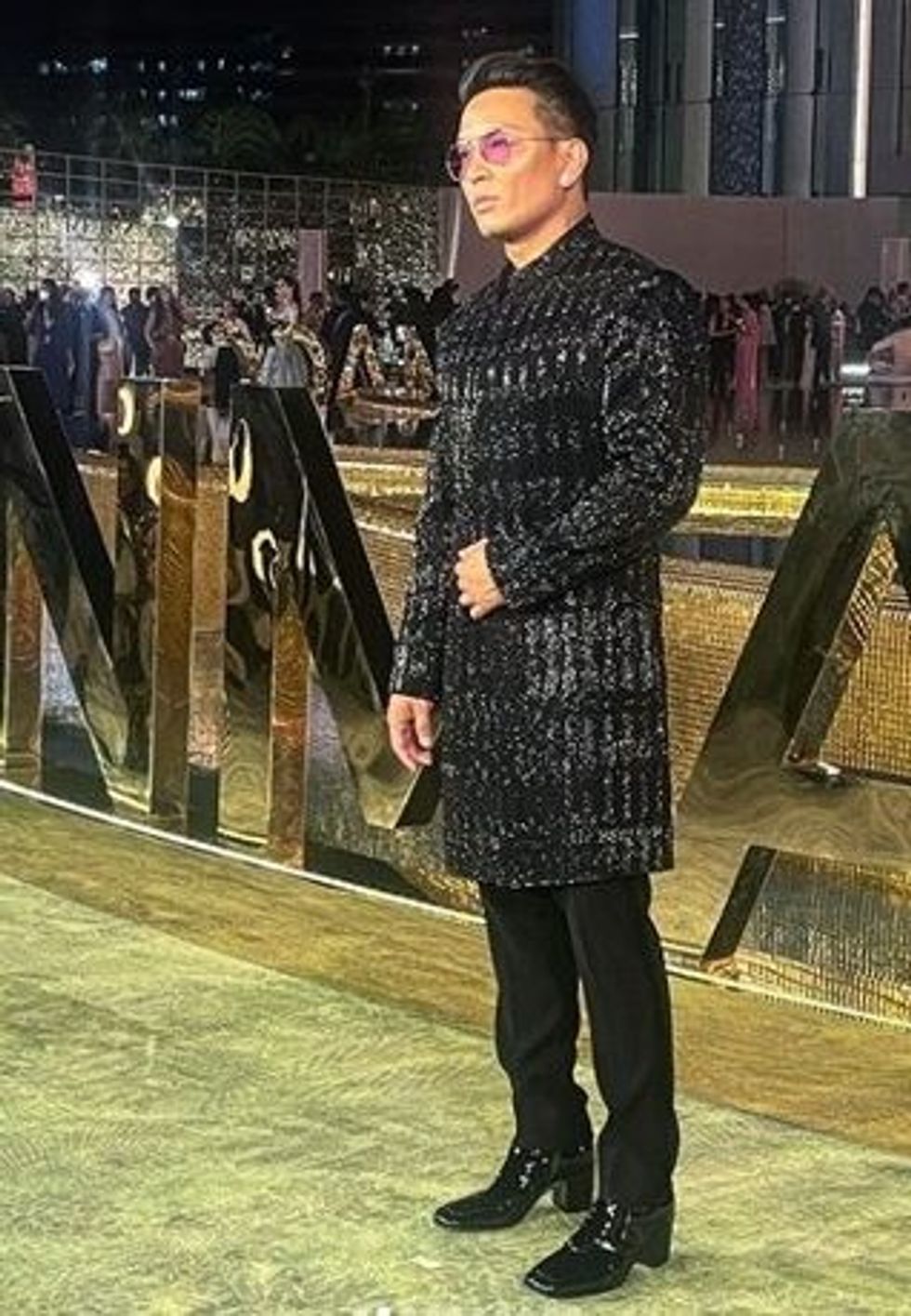
Gurung's design philosophy emphasises strength and simplicity, and he often highlights his cultural heritage in interviews and presentations. During the February 2023 New York Fashion Week, the renowned designer made waves on social media by incorporating sindoor (vermillion) of various shades, including saffron, burgundy, dusty pink, white, and black, in addition to the traditional red, into his Fall/Winter 2023 collection.
In an interview about his collection, he told Reuters a trip home helped him connect to his roots.
“That's where my spiritual connection and reconnection is. We talked about impermanence growing up. We talked about in the metamorphosis, all the reincarnation. We talk about all this because and we also say it because Nepal is so way up there we are close, closest to the heaven....the collection is that it's all about that," he said.
The collection featured oversized shoulders, crop tops and lots of embellishments. In addition to Gurung’s signature juxtaposition of draping and tailoring. Celebrities including Kimora Lee Simmons and her daughters, singer Becky G and the designer’s friends who call themselves the ‘slaysians’ were in attendance.
“Finding your people - it's, it's something that I'm always grateful for because it doesn't happen to everyone all the time," he said.
(With inputs from Reuters)
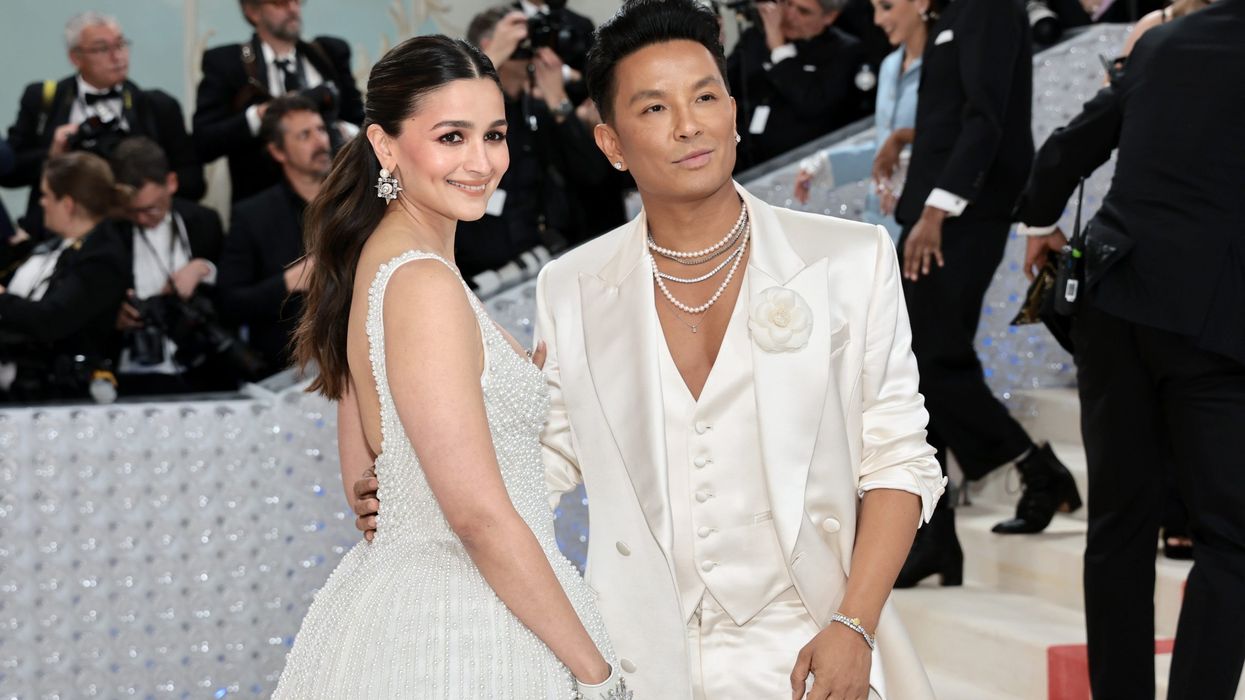



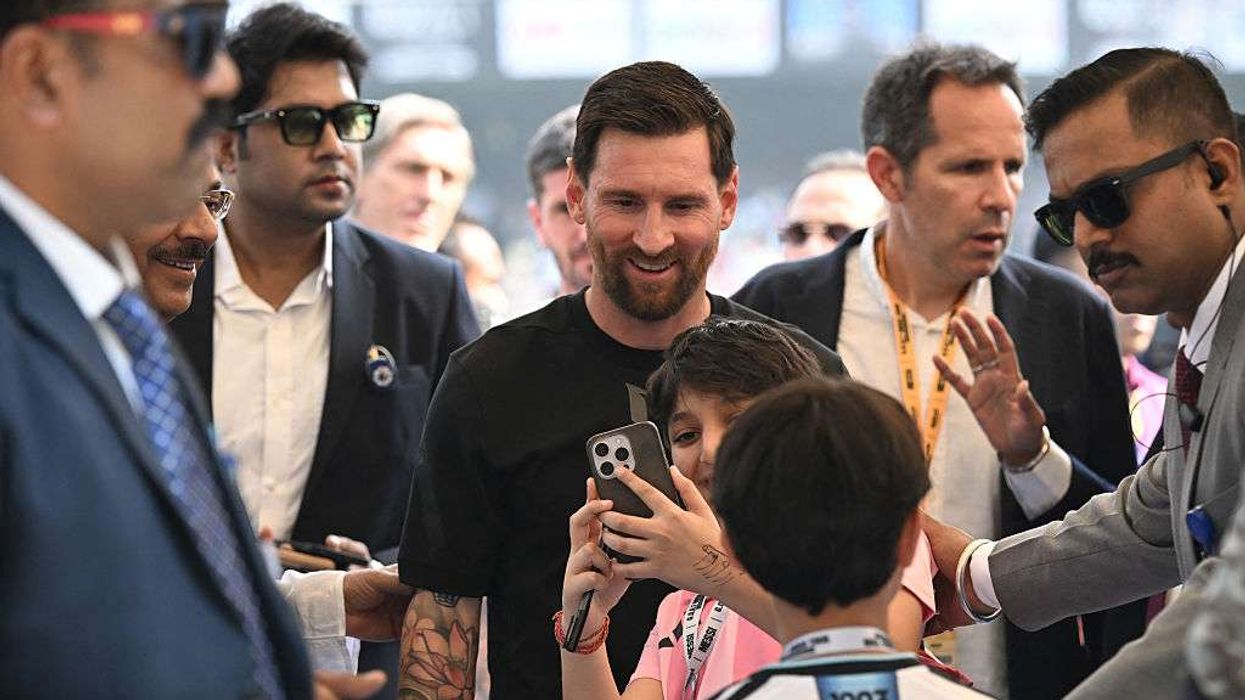
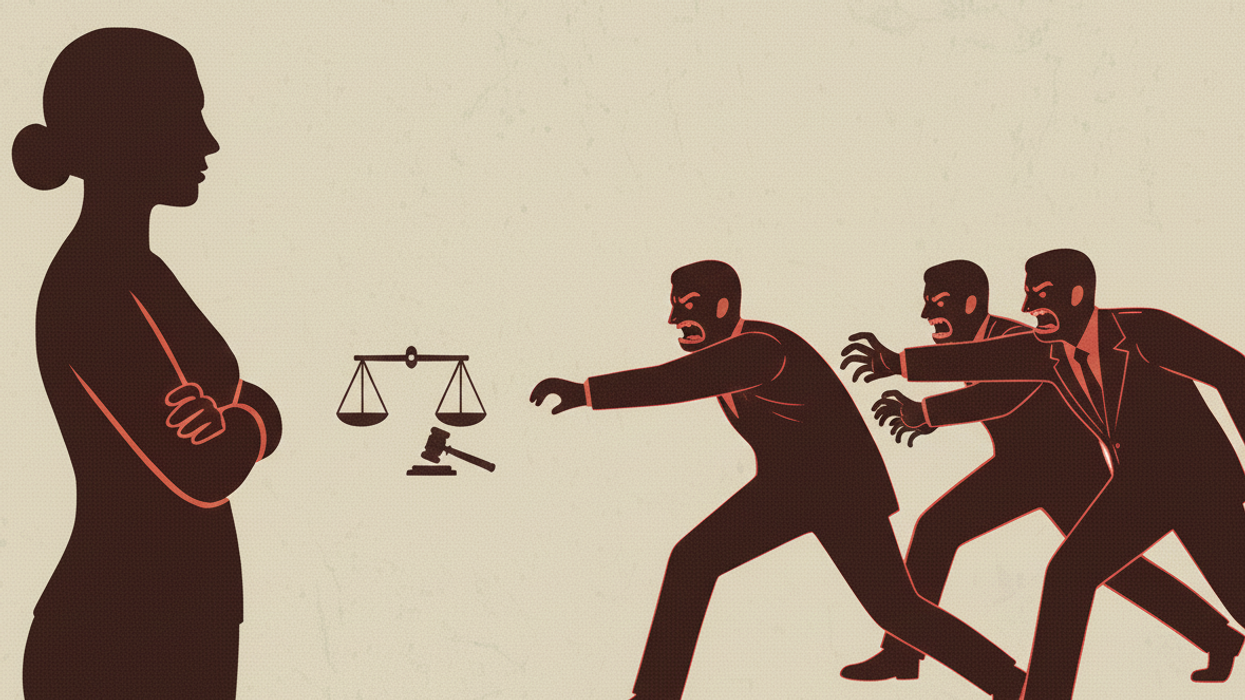
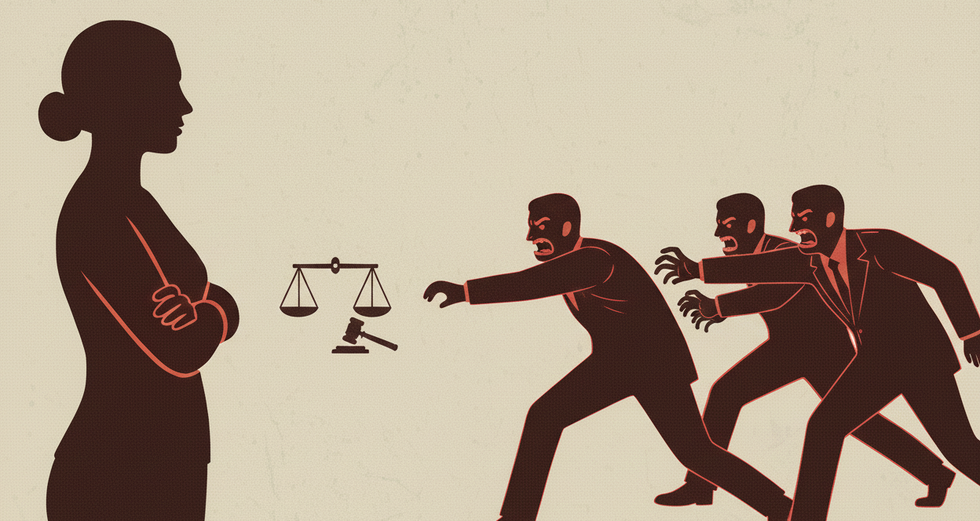 Inside the Kerala actress assault case and the reckoning it triggered in Malayalam cinema AI Generated
Inside the Kerala actress assault case and the reckoning it triggered in Malayalam cinema AI Generated 
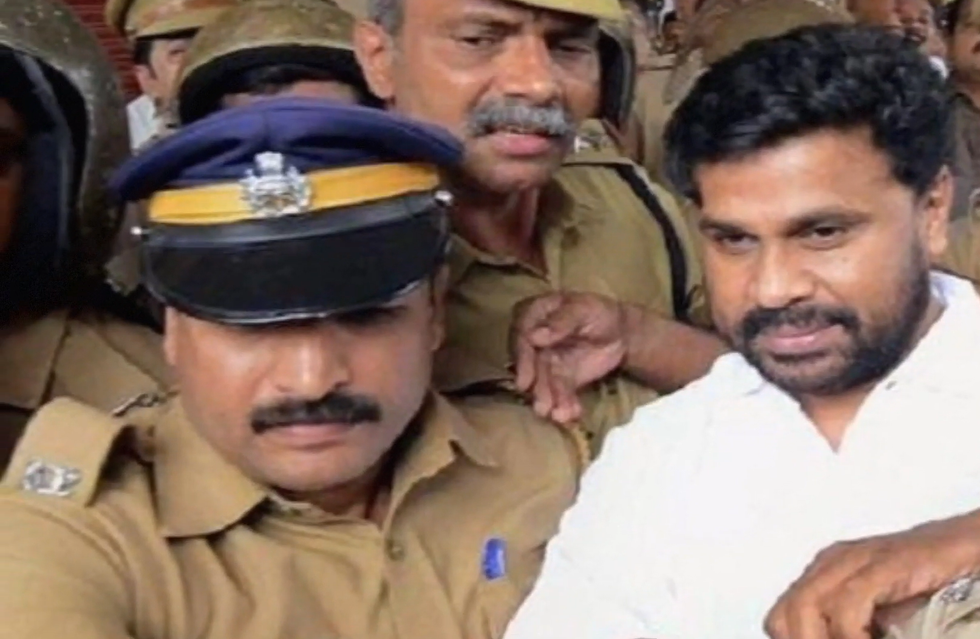 Actor-producer Dileep was arrested on 10 JulyYoutube Screengrab/Kerala Kaumudi
Actor-producer Dileep was arrested on 10 JulyYoutube Screengrab/Kerala Kaumudi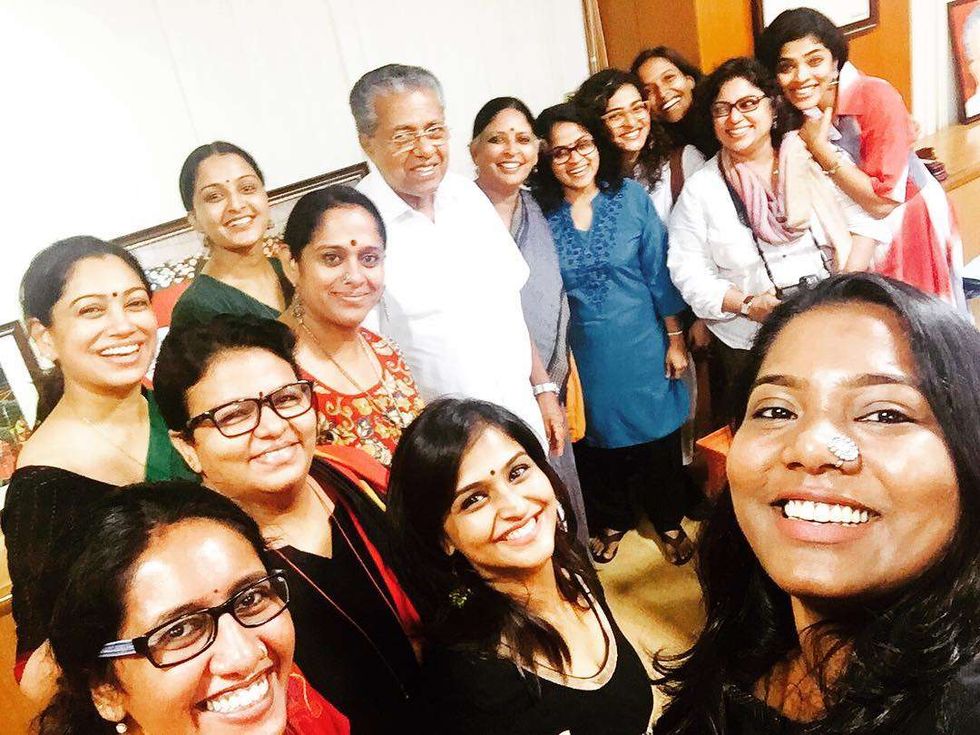 Members of the Women in Cinema Collective (WCC) meeting with the Chief Minister of KeralaInstagram/
Members of the Women in Cinema Collective (WCC) meeting with the Chief Minister of KeralaInstagram/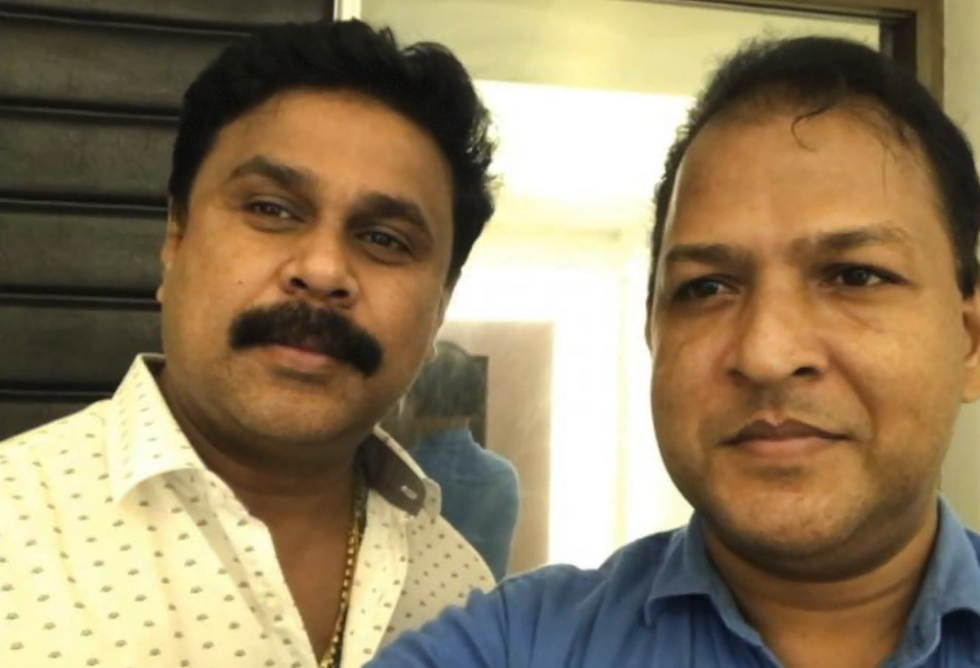 Actor Dileep and whistleblower Balachandra Kumar, whose testimony and disclosures played a crucial role in advancing the investigation Youtube Screengrab/Kerala Kaumudi
Actor Dileep and whistleblower Balachandra Kumar, whose testimony and disclosures played a crucial role in advancing the investigation Youtube Screengrab/Kerala Kaumudi Dileep coming out of the court after the verdict Instagram/
Dileep coming out of the court after the verdict Instagram/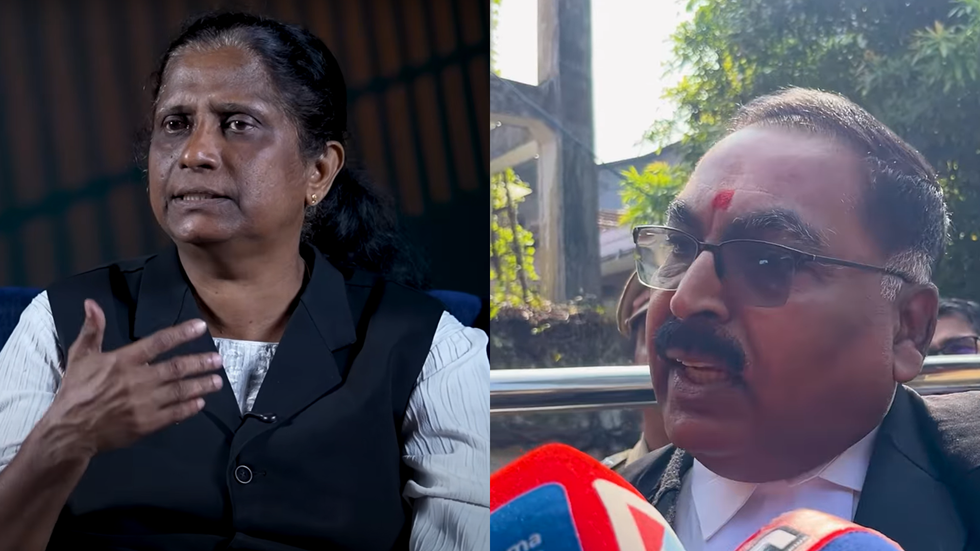 Advocates T. B. Mini and Aja Kumar, representing the survivor in the Kerala actress assault caseYoutube Screengrabs/ Oneindia Malayalam
Advocates T. B. Mini and Aja Kumar, representing the survivor in the Kerala actress assault caseYoutube Screengrabs/ Oneindia Malayalam Four of the six convicted accused in the Kerala actress assault case Youtube Screengrabs/ 24 News
Four of the six convicted accused in the Kerala actress assault case Youtube Screengrabs/ 24 News 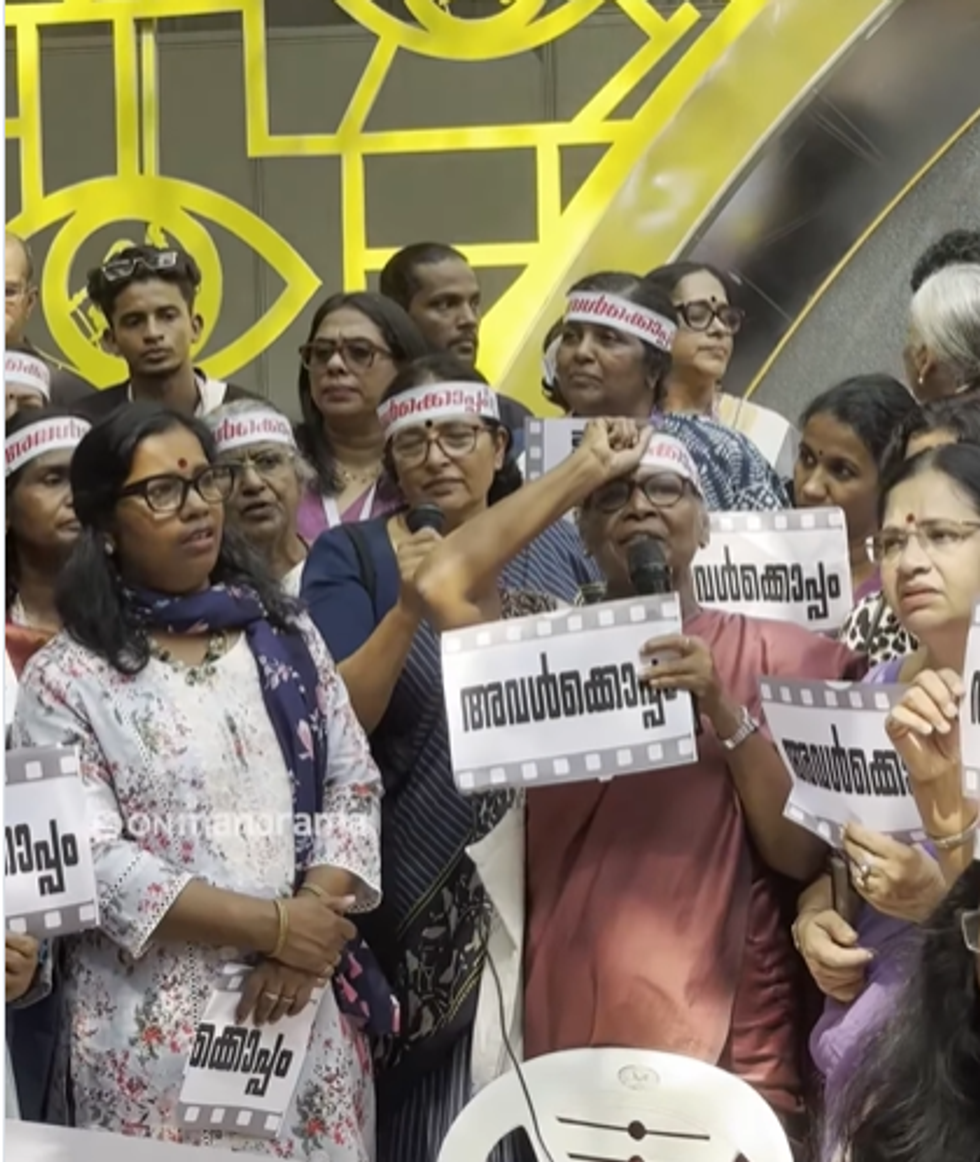 Film personalities and activists gather at the Tagore Theatre to reject the court\u2019s decision and demand systemic change for women\u2019s safety Instagram Screengrab/onmanorama
Film personalities and activists gather at the Tagore Theatre to reject the court\u2019s decision and demand systemic change for women\u2019s safety Instagram Screengrab/onmanorama  How one survivor’s fight shook an entire industryAI Generated
How one survivor’s fight shook an entire industryAI Generated





